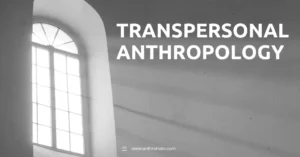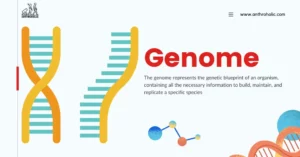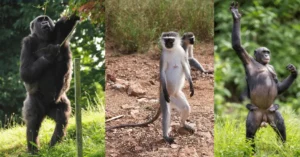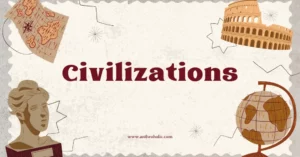AI Answer Evaluation Platform Live Now. Try Free Answer Evaluation Now
Bride Wealth
What is Bride Wealth?
Bridewealth is the transfer of goods, cash, and other valuables that takes place during a marital union [2]. Anthropologist Roger M. Keesing defines bridewealth as ‘marriage payments from the kin of the husband to the kin of the bride’ [6]. When bridewealth is paid entirely or partially in cash, anthropologists sometimes refer to it as brideservice [2].
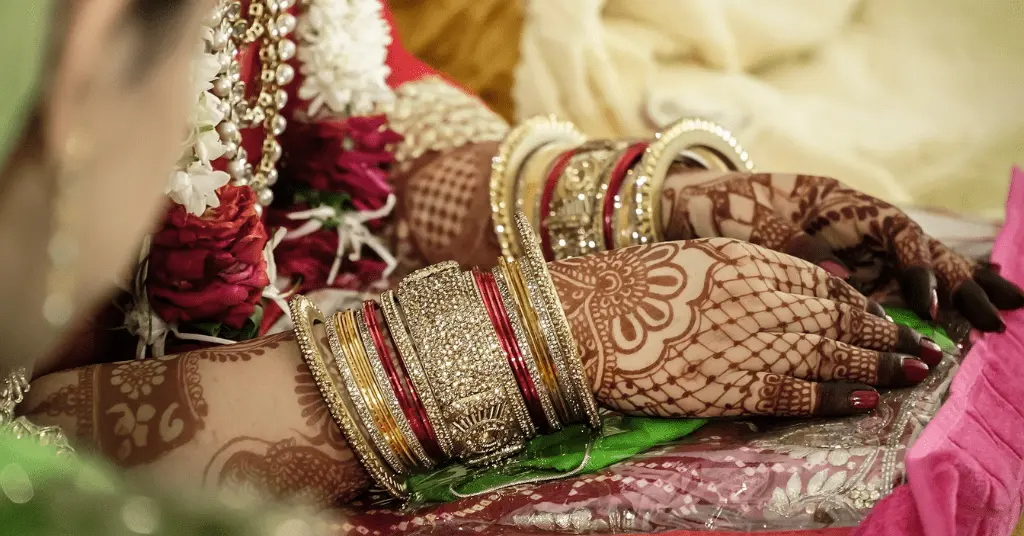
Bridewealth is a feature of the patrilineal descent system, i.e. where an individual’s lineage is traced through the male line or father. The husband’s lineage acquires the rights to the woman’s fertility and her children through its payment. Keesing notes the symbolic value of the cattle received in the form of bridewealth. It serves as “a token and symbol of the reciprocities of exchange”. This is because the cattle that the bride’s male kin receives during marriage with a man from another lineage, can serve as bridewealth when the bride’s brother needs to acquire a wife [6].
According to anthropologist Jack Goody, cattle was frequently utilized as a form of bride wealth due to its higher rate of growth. However, it should be noted that the cattle used for transactions were not simply a form of “circulating fund”. The logic behind this was that cattle reproduce more quickly than humans, thus, there should always be some cattle available for bridewealth transactions. This provided a method of bringing wives from outside the group. As a result, an agnatic or patrilineal group should always be capable of obtaining more wives than the number of their own daughters. They have a net increase in human fertility(brides) at the expense of other groups because they acquire more wives than they offer to others. This is how cattle transfers in bridewealth turn into a strategy for establishing social and demographic dominance [1].
Examples of Bridewealth among Societies
The Gusii of Kenya
The Gusii tribe is an agriculturalist group that resides in a prosperous agricultural region of western Kenya.This group is essentially patrilineal and exogamous. Since pre-colonial times there was an equal division of labor, with women handling the majority of domestic and agricultural tasks while males handled the hunting and herding. After the 1990s, men seem to have had fewer duties, but in the same areas. Marriage in the Gusii tribe is possible only through the payment of bridewealth, in the form of “livestock and money” [5].
Bridewealth is central to this group due to the following reasons:
- In this society, women are not formally acknowledged as kin, i.e. as daughters or sisters. Their identity is solely based on their husbands. The payment of the bride’s wealth is necessary for granting a “social and legal sanction” to the marriage. In addition, women can “accumulate wealth” and have more rights than when they were unmarried.
- Bridewealth helps in the establishment of kinship connections between sons and daughters. Brothers benefit from their sister’s bridewealth, as they can use it again in their own marriage [5].
The Nuer of South Sudan
The Nuer of South Sudan are predominantly pastoralists, however, they may also engage in horticulture, fishing, and other subsistence activities. The division of labor is such that women handle the majority of domestic chores while males handle pastoral and herding tasks. The group primarily follows patrilineal descent. Polygyny, exogamy, and cross-group marriage are the norms.
Bridewealth is generally paid in the form of cattle. It is distributed between i) the bride’s parents and ii) “in fixed proportions” between three families: a) the bride’s family b) the bride’s father’s family and c) the bride’s mother’s family. It implies the significance of bridewealth among the extended family along with the bride and groom. [5].
The Tombema of New Guinea
The Tombema is a horticulturist group that resides in the Western Highlands of Papua New Guinea. In this society, bridewealth are paid by trading pigs. Bridewealth or tee is the primary way of collecting and repaying debts. The ‘choice of a bride’ and ‘a man’s necessity to balance his tee partners’ are both impacted by these debts. Another important aspect of this community is that bridewealth is seen as a payment to the bride, rather than the groom. However, it holds some value for the groom, as it legitimizes the transfer of the sexual rights of the wife to the husband. The children born out of this marriage are then entirely recognized as members of the clan [5].
Bridewealth: Causes and Functions
- Bridewealth serves as an instrument for the transfer of a woman’s fertility rights to a man from a different lineage. It should be noted that a woman’s fertility acts as a type of “wealth asset”, i.e. the groom’s kin agrees to pay the bridewealth in return for the bride’s fertility. The only time a wealth-holding person (man or his kin) would seek rights in the bride is if the bride is blessed with fertility [1].
- Bridewealth is a transfer between patrilineal and matrilineal groups. In the process, these groups build ‘bonds of affinity’ and debt with one another. It reaffirms their own internal solidarity and shared objectives [4].
- Bridewealth is most applicable in societies where polygyny is practiced. As males have more reproductive success than females, ancestors are more likely to leave their wealth to their male offspring. The vast majority of the time, bridewealth is an investment in sons as when parents choose wives for their sons, they also gain a strong chance of reproductive success. The wealth can act as a form of marriage payment (or bridewealth) for acquiring multiple wives [4].
- According to anthropologist E.E. Evans-Pritchard, bridewealth is not simply an economic transaction (even though it involves the transaction of material goods). He notes the following functions: i) to compensate for the loss of a girl’s services ii) as a token of “good intentions” iii) as a social symbol of the newly formed affinal kinship and iv) a symbol of legitimization of the children born out of the marital union [3].
See Also
References
[1] Bell, D. (2008). Marriage Payments: a fundamental reconsideration. Structure and Dynamics: EJournal of Anthropological and Related Sciences, 3(1). https://doi.org/10.5070/sd931003294
[2] Bossen, Laurel. “Toward a Theory of Marriage: The Economic Anthropology of Marriage Transactions.” Ethnology, vol. 27, no. 2, 1988, pp. 127–44. JSTOR, https://doi.org/10.2307/3773624. Accessed 21 Feb. 2023.
[3] Dalton, George. “‘Bridewealth’ vs. ‘Brideprice.’” American Anthropologist, vol. 68, no. 3, 1966, pp. 732–38. JSTOR, http://www.jstor.org/stable/669997. Accessed 21 Feb. 2023.
[4] Diaz Delgado Raitala, D. (2015). An Ethnographic Study on the Narratives and Descriptions of the Practice of Bridewealth Establishing its Purposes, Effects and Consequences among the Luo, Kikuyu, Kalenjin, Meru, Kamba, Maasai, Kisii and Luhya Ethnic Groups in Kenya [MA Thesis]. University of Jyväskylä. https://jyx.jyu.fi/bitstream/handle/123456789/48236/URN%3ANBN%3Afi%3Ajyu-201601041006.pdf?sequence=1&isAllowed=y
[5] Jones, Caroline, “Women’s Worth: A Western Misconception” (2011). Nebraska Anthropologist. 162. http://digitalcommons.unl.edu/nebanthro/162
[6] Keesing, R. M. (1976). Cultural Anthropology: A Contemporary Perspective. Holt, Rinehart, and Winston.

